1,575 days, 2,408 entries ...
Newsticker, link list, time machine: HOLO.mg/stream logs emerging trajectories in art, science, technology, and culture––every day
June 2022
“We really have a very fixed idea of what kind of art we’re interested in. It requires a new model of running a gallery—especially one that shows challenging and forward thinking art.”
American art historian (and HOLO collaborator) Zsofia Valyi-Nagy demos her ‘re-enactment’ of Vera Molnar’s Lettres de ma mère (1981-1991) on a vintage Tektronix 4052 computer at Humboldt University, Berlin. Valyi-Nagy, currently a visiting doctoral student at media theorist Stefan Höltgen’s Signallabor, reverse-engineered the digital art pioneer’s famous plotter drawing series in BASIC code, “a programming language Molnar would have used at the time.”
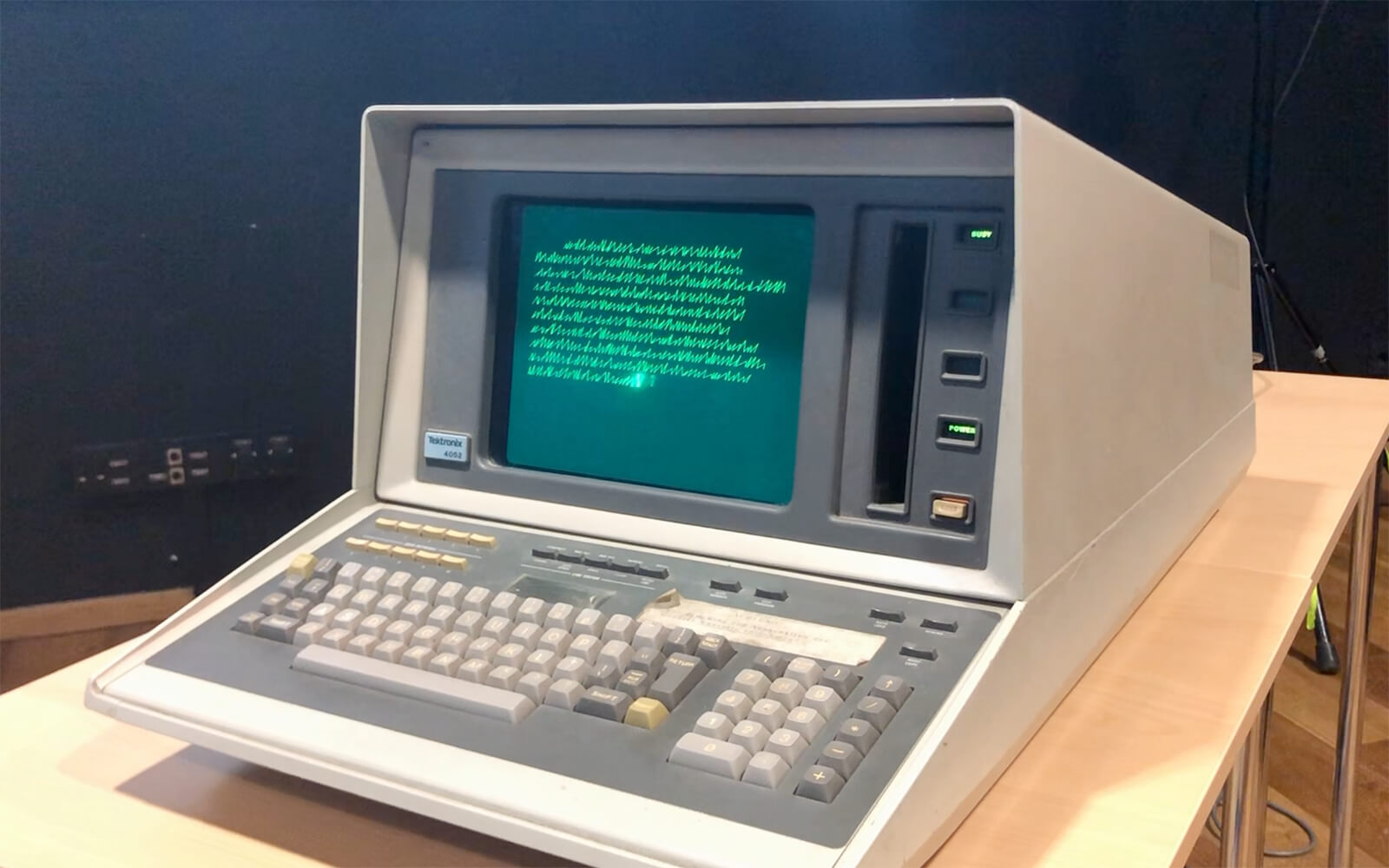
Berlin’s panke.gallery and Zentrum für Netzkunst celebrate the 10th anniversary of iPhone live, the one-year art performance by Johannes P Osterhoff. From June 29, 2012, the German media artist broadcast screenshots from his jailbroken iPhone to a public website whenever he pressed the home button, aggregating 13,567 snapshots (about 40 per day) of his digital life. In commemoration, Osterhoff and invited experts reflect on the iconic project at /rosa, Berlin.
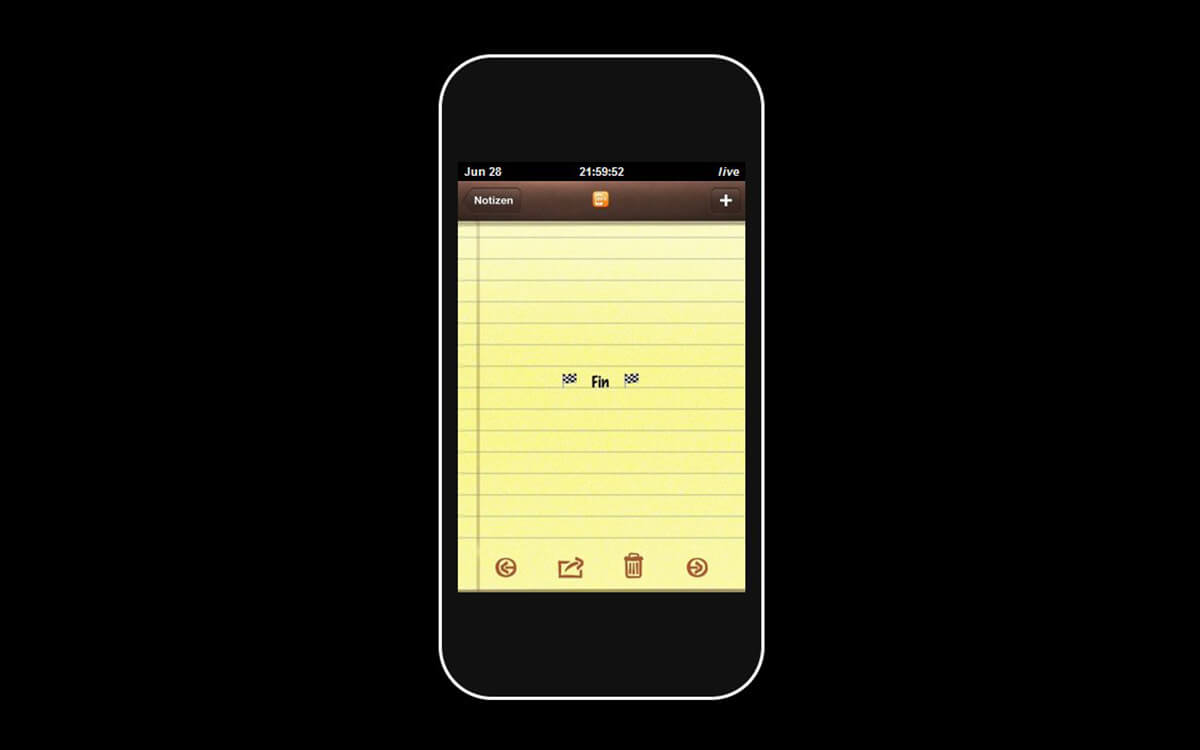
“Within the form of the simple square, Molnár offers philosophical musings on the passage of life, a romp through our attempts at order and a graceful attention to the fragility of established structures, both geometric and, implicitly, social.”
John Gerrard’s solo show “Endling” opens at Pace, New York, presenting three new and recent large-scale simulations. Flare (Oceania) (2022, image), the exhibition’s centrepiece, links fossil fuel extraction and rising sea levels in the South Pacific, as documented by Tongan activist and artist Uili Lousi. Programmed in the Unreal game engine, Gerrard’s virtual environment runs on local Tonga time, resembling an evocative video feed from the affected region.
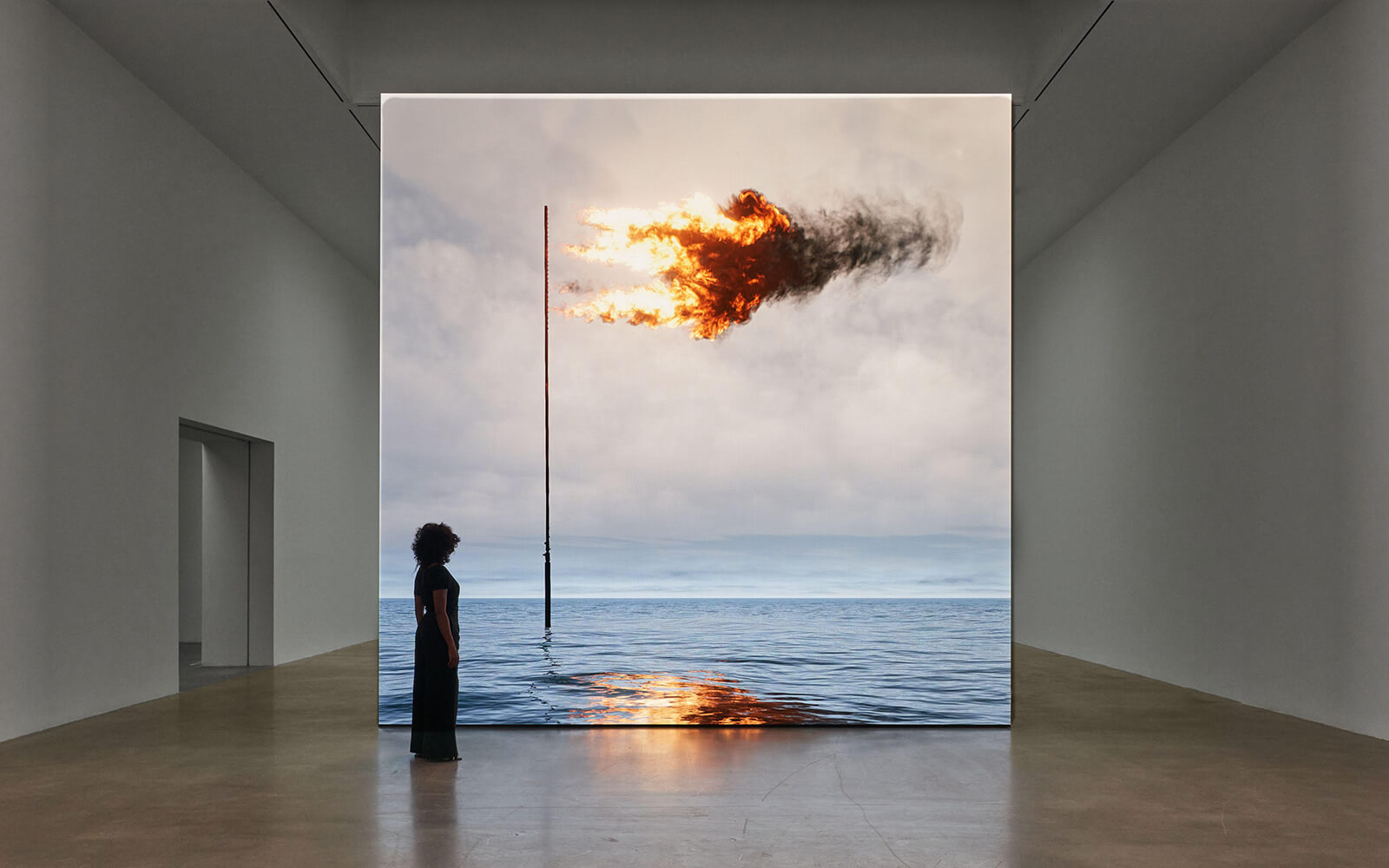
“There’s a prevailing narrative in society that it’s all or nothing—you’re a winner or a loser. It’s Trumpian and driven by the greed of glassy-eyed decentralized gamblers who are afraid if a project doesn’t sell out, their pathetic investment is in peril.”
Igor Štromajer’s hybrid installation ƒ(x)=ax³+bx²+cx+d*, realised together with German art historian and curator Sakrowski, opens at the Aksioma project space in Ljubljana. The titular cubic function is expressed in a 1 m³ concrete cube balancing on one of its vertices, as did the cube in the iconic GIF animation the Slovenian net artist (also known as intima) created in 1996. Through AR, the two can exist together (image), traversing materiality, technologies, and time.
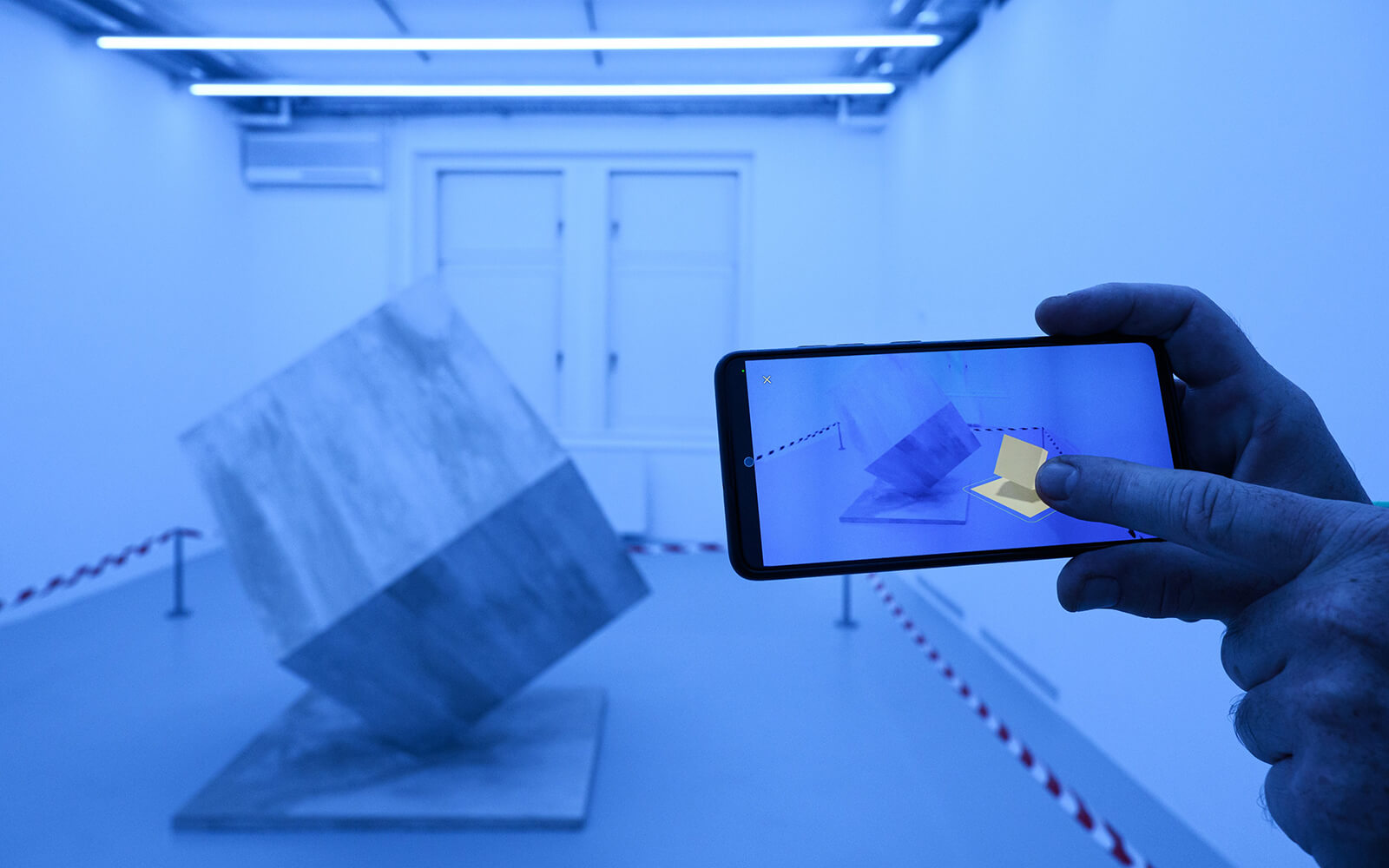
“It’s important to accept loss, to accept decay, and to let go. We lose things constantly in computational culture, and it’s not necessarily a bad thing.”
Michael Century
Northern Sparks
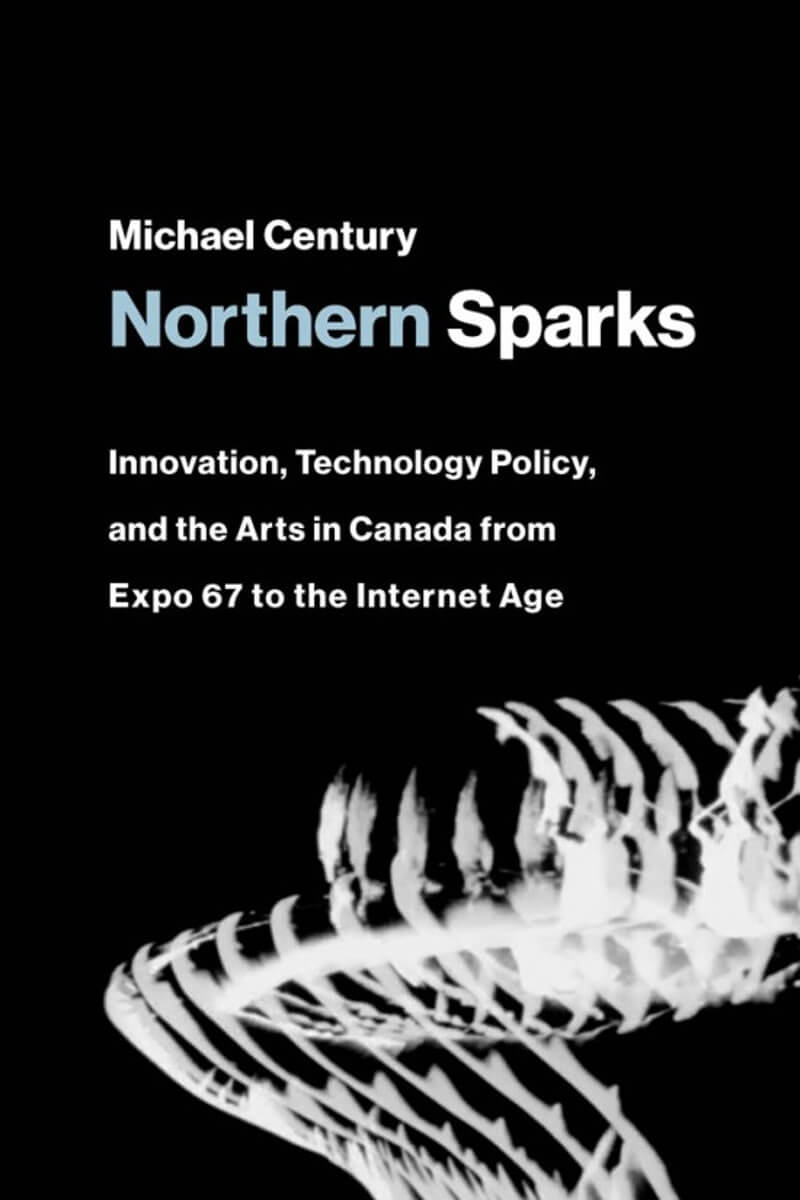
“He was homeless for quite a long time during his life, and he really struggled with alcoholism. He had no interest in art at all, and then one day he went into an exhibition to get out of the rain.”
An intimate view into the process of automating his artistic practice, Jonas Lund’s online exhibition “Walk with Me” opens on distant.gallery. The show collages early and recent experiments of “wrapping his distributed identity, personality traits, and musical interludes,” layered with instructions to make his artworks, into a single glorious browser canvas that the Swedish artist compares to “being inside the artist’s brain itself.”
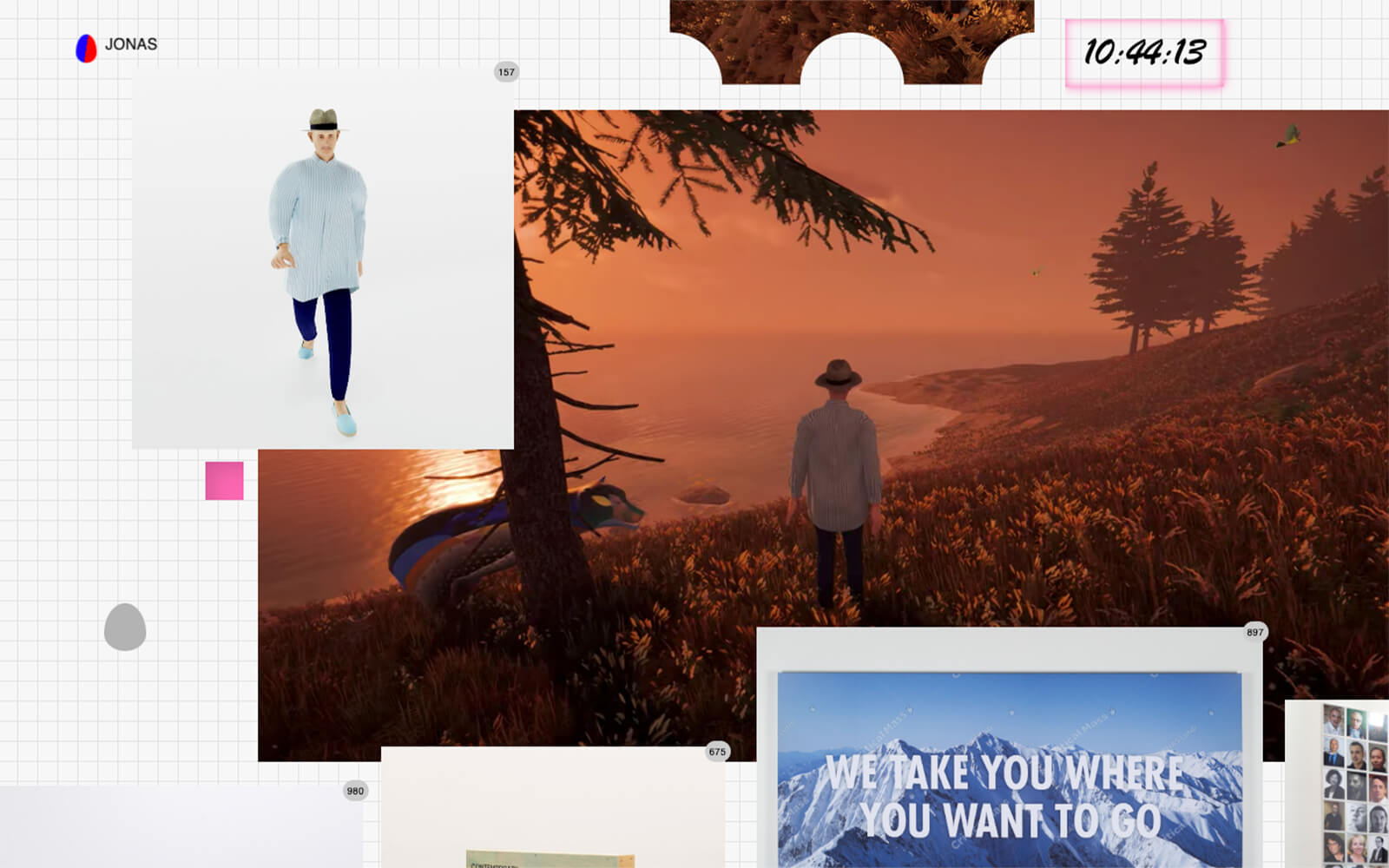
“Digital sculptures live in the now, in a future that never ages. The physical object is the archive. That object was digital, but now it is real, pinned to a certain moment, and it can travel through different times and contexts as long as it exists.”
A critique of how humanity disrupts Earth’s hydrologic cycle, “Still Waters Run Deep” opens at Nieuw Dakota, Amsterdam. Curator Marlies Augustijn gathers works by Phoebe Boswell, Patrick Hough, Kasia Molga, Hannah Rowan, and others that explore how water “inextricably interconnects everything.” Deep Time Agency’s Concrete Reef (2021), for example, memorialises the region’s prehistoric ocean with a geodesic array of concrete fossil casts.
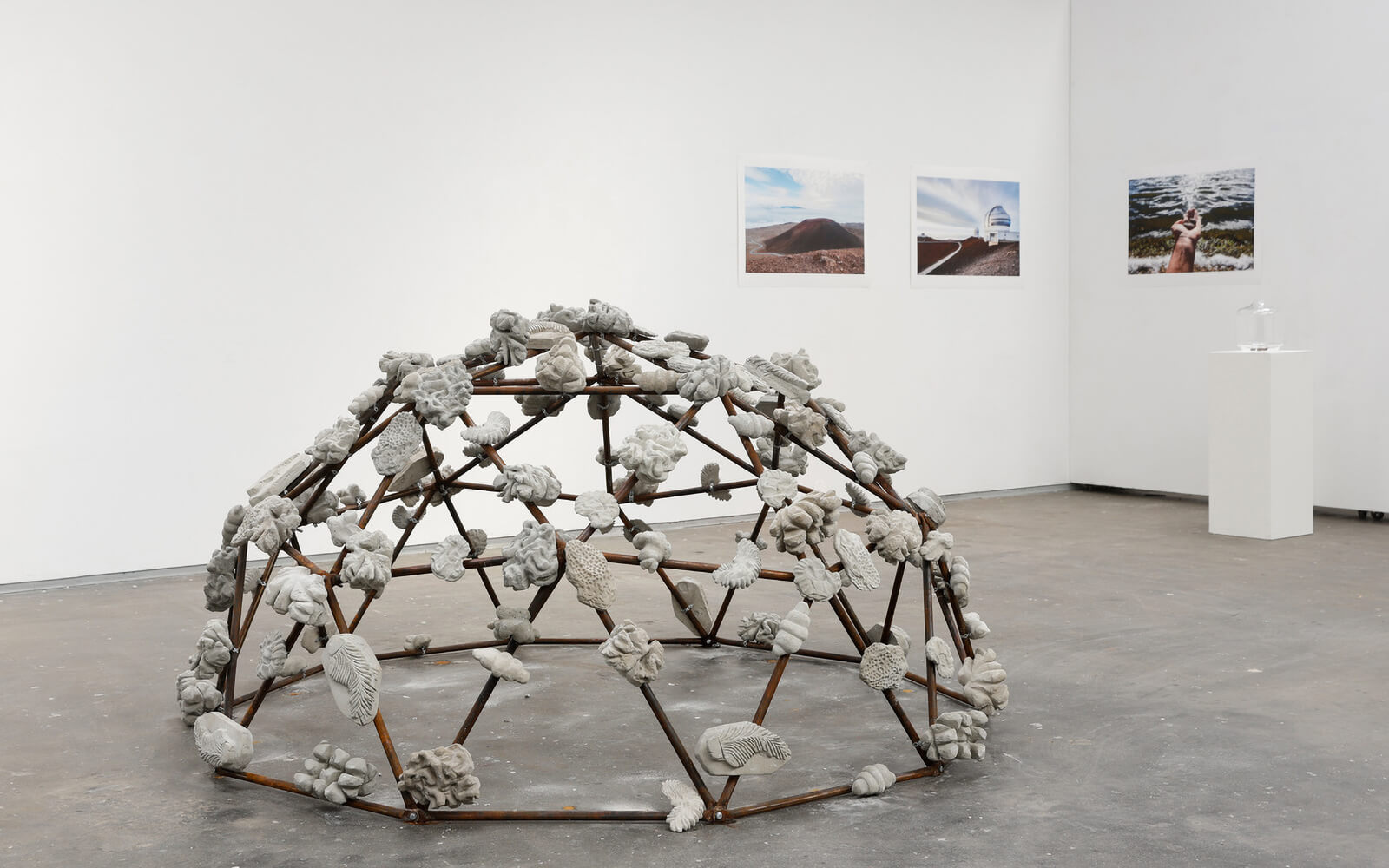
“Temporary Atlas” opens at London’s MOSTYN, ‘mapping’ personal experiences and perspectives with works by Manon Awst, Ibrahim Mahama, Kiki Smith, and 14 others. Of note: Oliver Laric’s erudite video essay Versions (2010, image) “that muses on the manipulation and re-appropriation of images throughout history” is featured, as is Jeremy Deller’s The History of the World (1997-2004), which diagrams improbable connections between the social forces that begat acid house and brass band music.
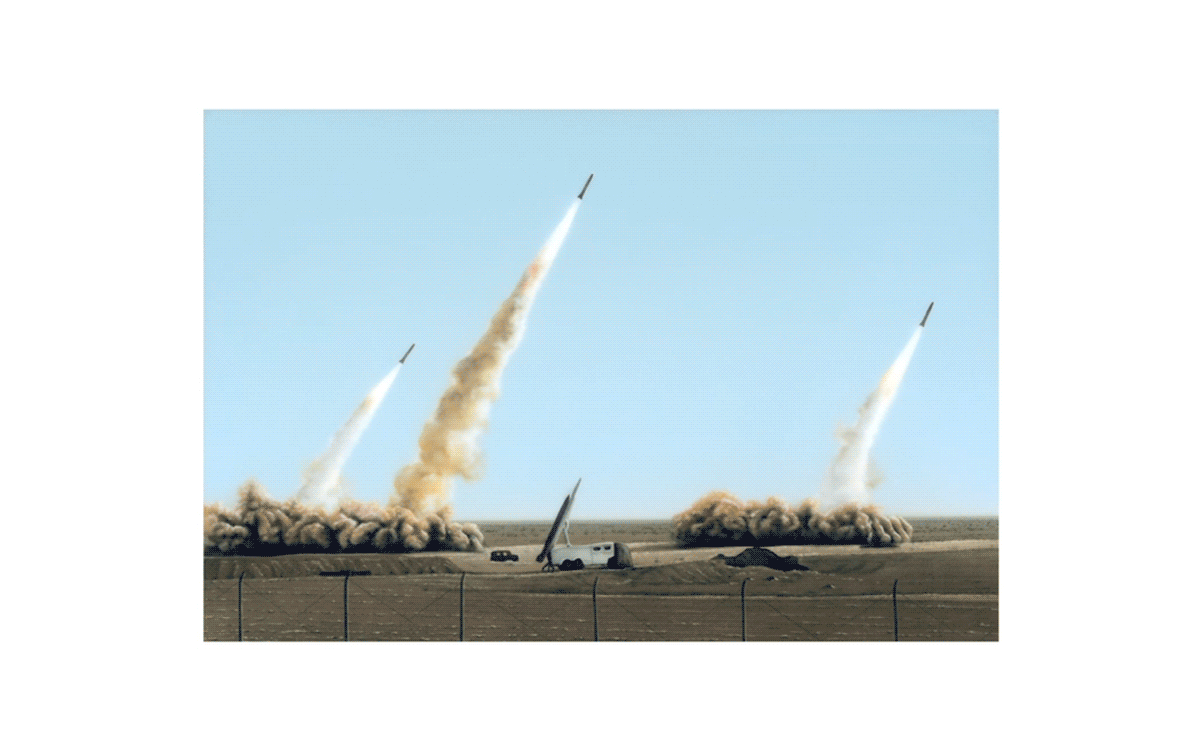
Joanie Lemercier’s latest solo exhibition opens at Le Tetris in Le Havre, Normandy, France. The show gathers recent works (Slow Violence, Brume, Edges) and new creations, capturing the French artist’s sustained interest in light and activism. In Prairie, a new collaboration with curator Juliette Bibasse, the two change focus from big to small: tracing mundane roadside grasses with small lasers, they shed light on beauty that is often overlooked.
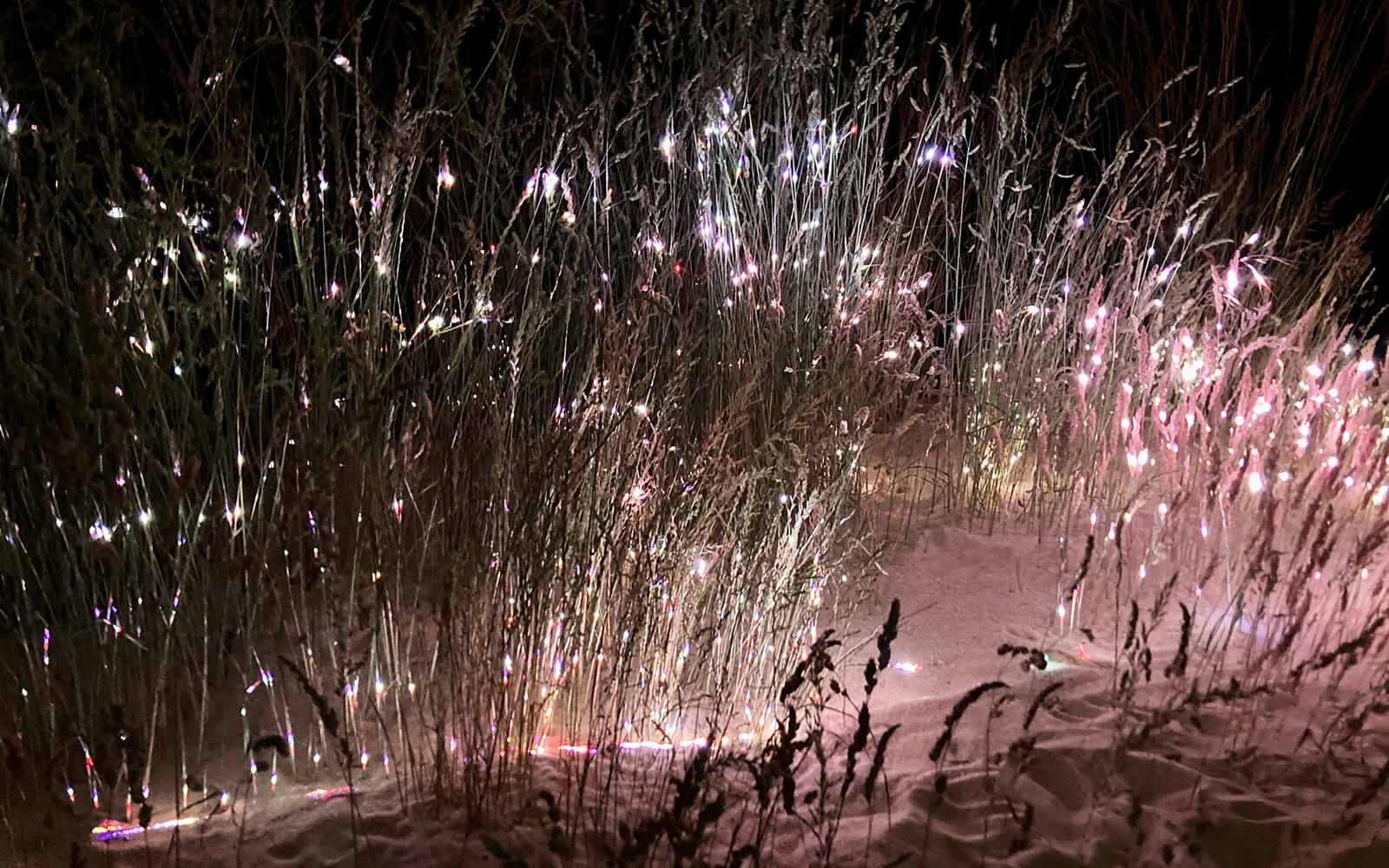
“The worst-case scenarios are coming home to roost. We simply cannot afford to sustain separate, siloed movements; they are coming for every hard-fought civil right won in the last 50 years. WE have to fight back like our lives depend on it. Because they do.”
Jennifer Guiliano
A Primer for Teaching Digital History

A grim sign of the times, surveillance capitalism and “more frequent, larger, and financially ruinous” forest fires converge in a Portland General Electric pilot project. In the initiative, a network of 5 (soon to be 22) cameras are deployed across rural Oregon, collecting footage that is monitored 24/7 by proprietary wildfire detection AI, which can distinguish “benign clouds from troubling smoke” with 90% accuracy; remote workers on standby protect against false positives.
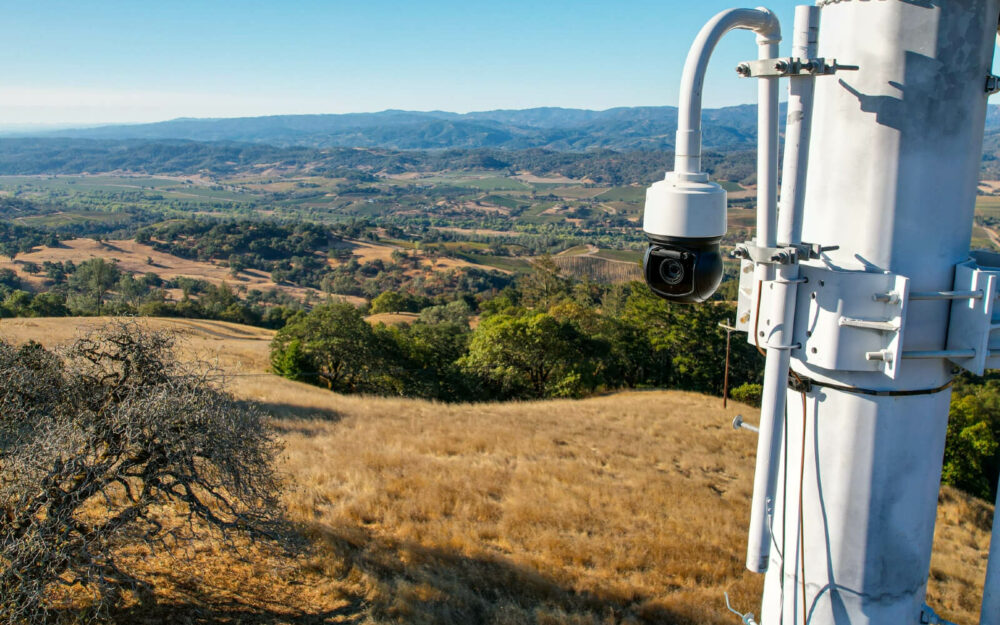
Daily discoveries at the nexus of art, science, technology, and culture: Get full access by becoming a HOLO Reader!
- Perspective: research, long-form analysis, and critical commentary
- Encounters: in-depth artist profiles and studio visits of pioneers and key innovators
- Stream: a timeline and news archive with 1,200+ entries and counting
- Edition: HOLO’s annual collector’s edition that captures the calendar year in print
